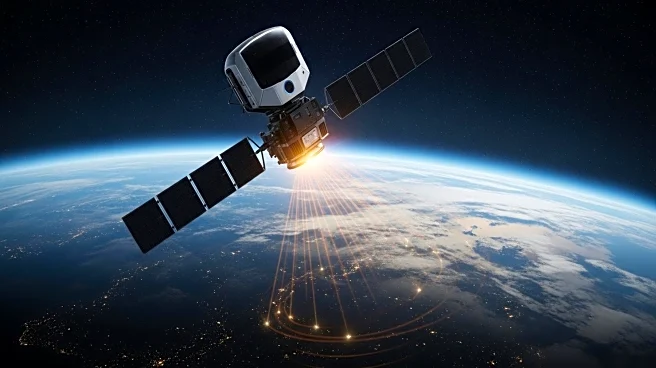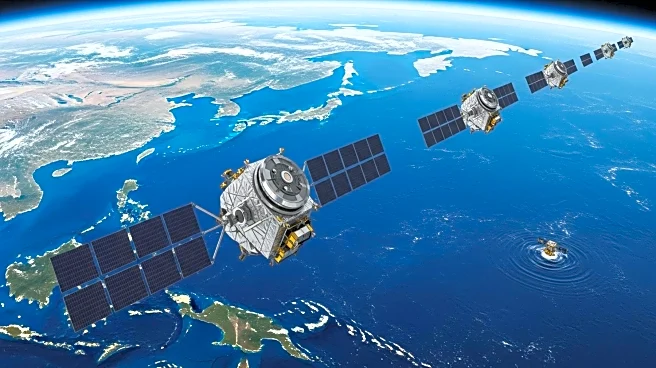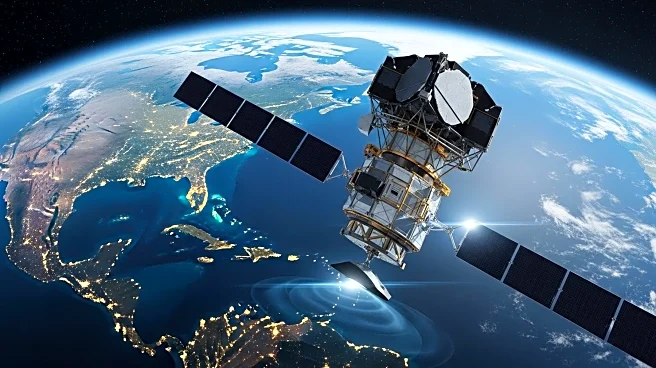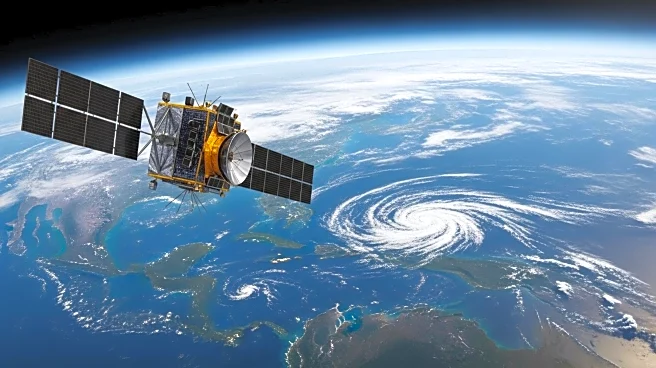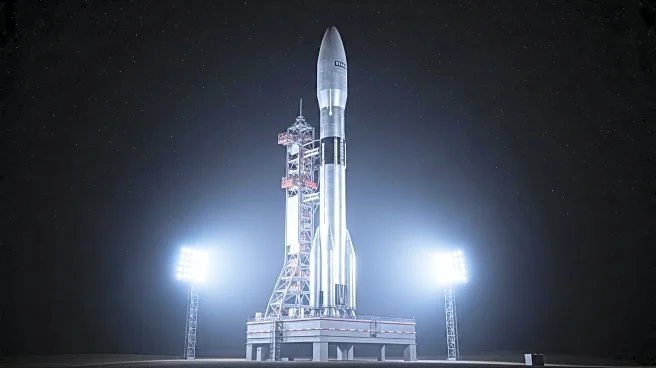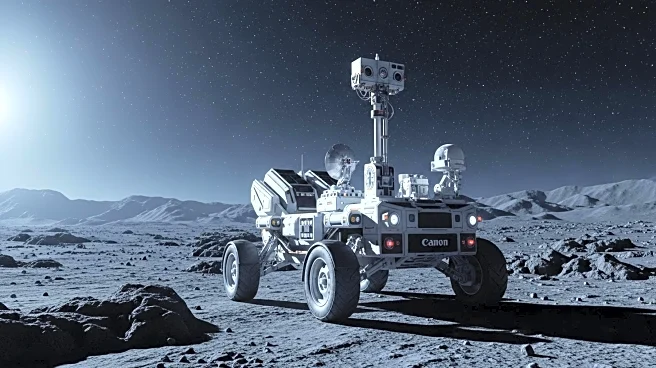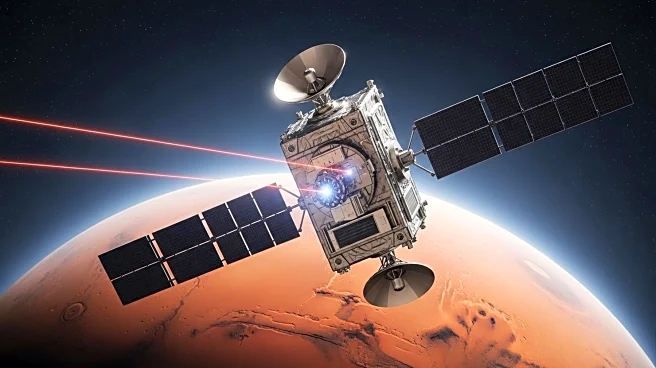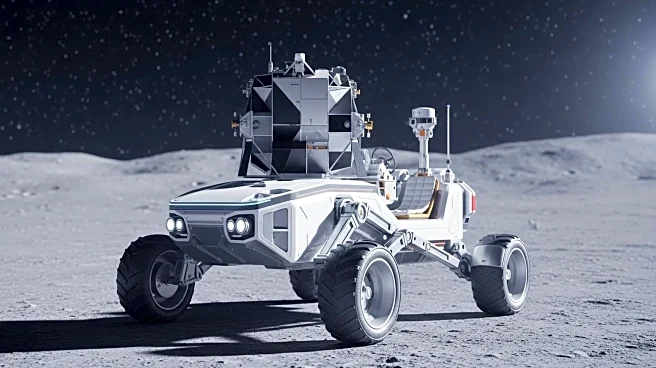What's Happening?
NASA's experimental detection system, GUARDIAN (GNSS Upper Atmospheric Real-time Disaster Information and Alert Network), successfully tracked a tsunami across the Pacific Ocean following a massive earthquake off Russia's Kamchatka Peninsula in late July. The system utilizes signals from global navigation satellite systems to detect atmospheric pressure waves caused by tsunamis. These waves, which rise to the ionosphere, distort satellite signals, allowing GUARDIAN to identify the tsunami's movement before it reaches land.
Why It's Important?
The ability to track tsunamis in real-time is crucial for disaster preparedness and response. NASA's GUARDIAN system represents a significant advancement in early warning technologies, potentially saving lives and reducing damage by providing timely alerts. This technology could enhance global efforts to mitigate the impact of natural disasters, particularly in vulnerable coastal regions.
What's Next?
NASA will continue to refine and test the GUARDIAN system to improve its accuracy and reliability. The system's success in tracking the recent tsunami may lead to broader implementation and collaboration with international disaster response agencies. Future developments could expand its capabilities to monitor other atmospheric phenomena related to natural disasters.

